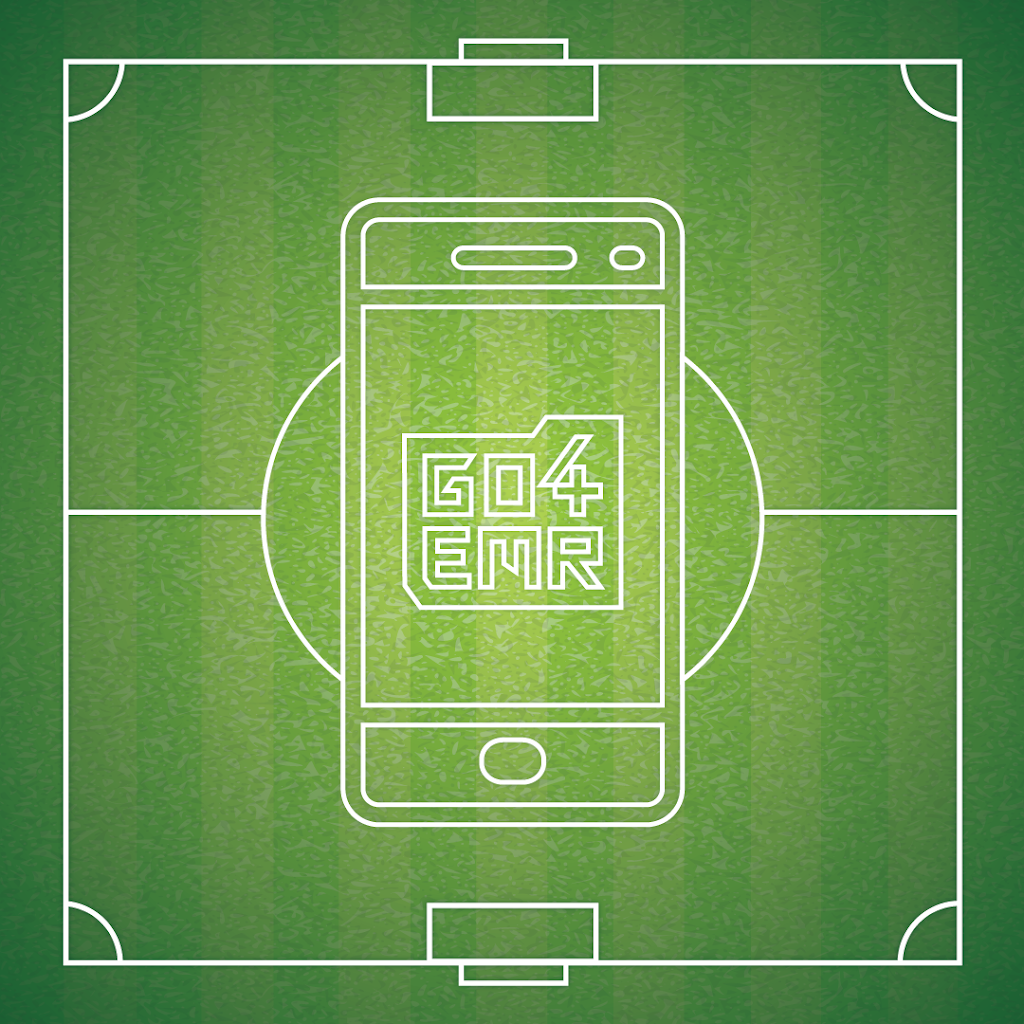High school athletic trainer, explained.

High school athletic trainer, explained.
High School Athletic Trainers: An Introduction
Do you want to know more about high school athletic trainer jobs? It’s a rewarding career path in a steadily growing field. Jobs for high school athletic trainers vary widely, but there are currently over 2,500 athletic trainers working in high school environments throughout the country. Is athletic training right for you? The Go4 Team takes a look.
What Do High School Athletic Trainers Do?
High School athletic trainers bring sports medicine into the high school environment. They specialize in assessment, diagnosis, treatment, and rehabilitation of sports-related injuries and illnesses. They provide immediate care on the scene, and are among the first responding healthcare personnel. They are also responsible for ongoing education regarding injury prevention and reduction of risk, formulating rehab programs to assist with known issues, and the application and use of injury-prevention devices like braces and tape.
How To Become A High School Athletic Trainer?
Are you wondering how to become a high school athletic trainer? It’s a position of great responsibility that has a good deal of formal tertiary education behind it, so be prepared.
Education Requirements For High School Athletic Trainers
Currently a 4-year Bachelor program is the minimum education required for an athletic trainer. However, this will shortly change to also make a 2-year Master’s program essential, so be prepared.
Accreditation Requirements For High School Athletic Trainers
To get hired as an athletic trainer, you will also need to become certified with the Board of Certification, or BOC. All states except for California will also require obtaining a state license before you can practice; some states also have reciprocity which could allow you to work per diem in a nearby state. You will need to submit proof of ongoing education via Continuing Education Units each year to remain certified, too.
How Much Do High School Athletic Trainers Make?
What is the typical high school athletic trainer salary? The average salary for athletic trainers in the high school environment is closing on $60,000 per year, based on 2020 data. It’s also a career field for which there is an increased demand, which is likely to continue building year-on-year.
Pros & Cons To Being A High School Athletic Trainer
Every job has its ups and downs. What could those be for athletic trainers? Let’s take a closer look.
Advantages To Being A High School Athletic Trainer
As with any job, athletic training has its pluses and minuses. Here’s a few key advantages that attract many to the field.
Advantage #1 – Shaping Young Athletes
As a high school athletic trainer, you will play a key role in shaping the athletic futures of many young sportspeople. Your intervention or treatment program may be what helps them flourish in the future. Athletic trainers also build a bond of trust with their student-athletes, which can increase their confidence and help them perform better in their athletic endeavors.
Advantage #2 – Prospects
High school athletic trainer is becoming an in-demand position. More and more sports programs realize they need the expertise to help their athletes perform well. It is a growing field, a useful criteria that is not universal in the job market.
Advantage #3 – Variety
School environments can become stale over time. Not as a high school athletic trainer, however! You will find yourself stretched and challenged in your field by new injuries, athletes, and opportunities. If interested, you may also have the opportunity to teach a health class as part of your full-time position.
Disadvantages To Being A High School Athletic Trainer
While being a high school athletic trainer can be rewarding, it does have potential downsides. Here’s a few to consider.
Disadvantage #1 – High-stress Environment
As with any medical field, athletic training jobs can be stressful. Not only are you responsible for the health and career of young athletes, but you are also their voice in if there are ever conflicting interests. You may have to provide mediation between other medical disciplines, the school, the family, and the athlete. Keeping the athlete’s wellbeing as the main priority, you will be an advocate for your player.
Disadvantage #2 – Travel
While athletic trainer jobs in high school can have more fixed schedules than some other jobs for athletic trainers, you still will not be working set hours. Be prepared to travel with the team, and wait after school for matches or late practice sessions.
Disadvantage #3 – Teaching
When you see a job opening for athletic trainers in high schools, it’s important to make sure you understand your exact position. While some athletic trainers will focus on only their jobs, other high school athletic trainers will be expected to teach. You may even be expected to sub when necessary, too. So make sure you are comfortable with the job parameters.
Get Hired With Go4
Are you a working athletic trainer looking to find on-demand jobs? Then Go4 is the platform for you. If you’re not yet sure that the high school environment is right for you, per diem work is a great way to try out the field and see if it’s a good match. Or explore the many other rewarding athletic trainer positions we have on the platform. It couldn’t be easier, either- simply register, upload proof of your certifications, and find your next job today.
GET HIRED NOW! Go4 is a nationwide app/platform that connects teams and organizations with per diem Athletic Trainers for games, practices, camps, clinics, and tournaments.
Enter your email address to get started. We’ll follow up with instructions to download our app and apply for your first gig.
Are you an Athletic Trainer?
Join us!
From per diem shifts to full-time opportunities, AT resources, PLI, a free EMR and more, Go4 is the essential AT app. Sign up now!
"*" indicates required fields
Other articles you might like

What’s the deal with Standing Orders?
How do I get standing orders as an athletic trainer? Q: What are standing orders? A: Standing orders, aka medical protocols, establish the scope of practice for an athletic trainer. Under the direction of a physician, they are an overview of the specific skills that the AT is legally able…

AT Spotlight: Thomas Obergefell, Athletic Training from the Dugout
Name: Thomas Obergefell, MS, ATC, LAT Nickname: T.J. Alma…

Middle School / High School / College / Any School EMR – The Importance of Documentation
Go4’s in-app Electronic Medical Record We all know the reasons why it’s important to thoroughly document, but incase you forgot, here they are:…